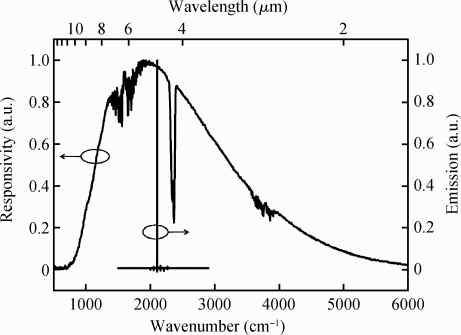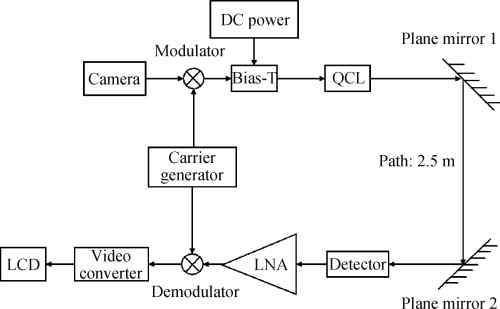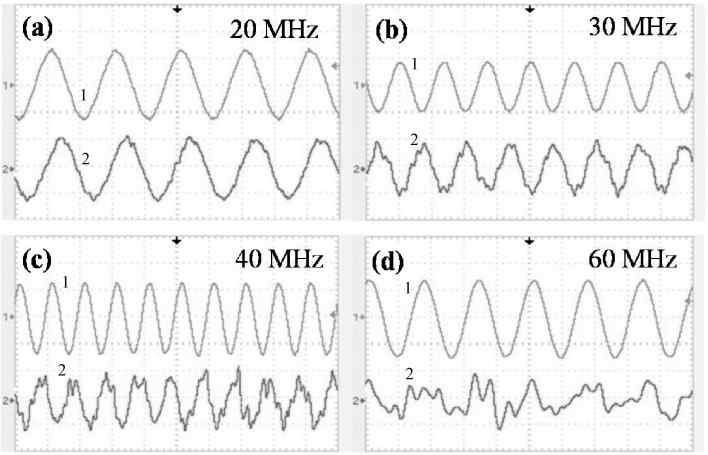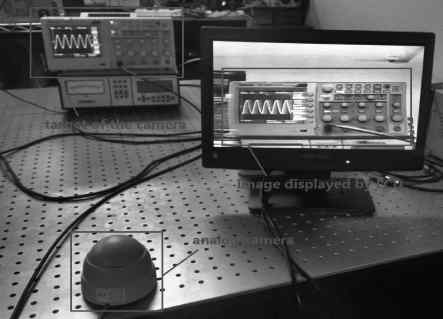| Citation: |
Chuanwei Liu, Shenqiang Zhai, Jinchuan Zhang, Yuhong Zhou, Zhiwei Jia, Fengqi Liu, Zhanguo Wang. Free-space communication based on quantum cascade laser[J]. Journal of Semiconductors, 2015, 36(9): 094009. doi: 10.1088/1674-4926/36/9/094009
****
C W Liu, S Q Zhai, J C Zhang, Y H Zhou, Z W Jia, F Q Liu, Z G Wang. Free-space communication based on quantum cascade laser[J]. J. Semicond., 2015, 36(9): 094009. doi: 10.1088/1674-4926/36/9/094009.
|
Free-space communication based on quantum cascade laser
DOI: 10.1088/1674-4926/36/9/094009
More Information
-
Abstract
A free-space communication based on a mid-infrared quantum cascade laser (QCL) is presented. A room-temperature continuous-wave distributed-feedback (DFB) QCL combined with a mid-infrared detector comprise the basic unit of the communication system. Sinusoidal signals at a highest frequency of 40 MHz and modulated video signals with a carrier frequency of 30 MHz were successfully transmitted with this experimental setup. Our research has provided a proof-of-concept demonstration of space optical communication application with QCL. The highest operation frequency of our setup was determined by the circuit-limited modulation bandwidth. A high performance communication system can be obtained with improved modulation circuit system. -
References
[1] [2] [3] [4] [5] [6] [7] [8] [9] [10] [11] -
Proportional views





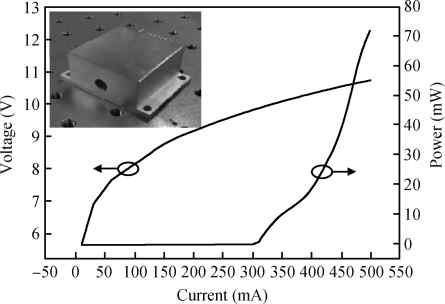
 DownLoad:
DownLoad:
